10 Reasons Trees are Important for the Environment
- September 2, 2024
- 2 comment
Trees are often called the lungs of our planet, and for good reason. Beyond producing oxygen, their importance lies in their remarkable ability to combat climate change and support ecosystems. Trees play a vital role in the environment by improving air quality, reducing pollution, and providing essential habitats for wildlife. Their benefits are vast, making trees indispensable for maintaining ecological balance and sustaining life on Earth.
What is a Tree?
In botany, a tree is a perennial plant defined by its woody trunk, branches, and leaves. While traditional definitions focus on woody plants with secondary growth, the term also includes palms, tree ferns, bananas, and bamboo in some contexts. Trees, which first appeared around 370 million years ago, include diverse species like angiosperms and gymnosperms, with an estimated three trillion mature trees currently thriving worldwide.

Trees play a vital role in the environment by anchoring soil, reducing erosion, and moderating climate. Their roots absorb water and nutrients, while their branches and leaves harness sunlight through photosynthesis, fueling growth and sustaining ecosystems. Trees also provide shade, timber, fuel, and fruit, making them indispensable for humans and wildlife. Despite these benefits, deforestation continues to threaten their ecological and cultural significance. Protecting trees is crucial, as they contribute to combating climate change, improving air quality, and supporting biodiversity.
10 Important Trees for the Environment
1. Trees Slow Down Global Warming
Trees play a vital role in combating climate change by absorbing greenhouse gases like carbon dioxide (CO₂) through photosynthesis. This natural process helps reduce the amount of CO₂ in the atmosphere, slowing the progression of global warming. Remarkably, trees are responsible for about 20% of the global absorption of greenhouse gases, making them indispensable in the fight against climate change.
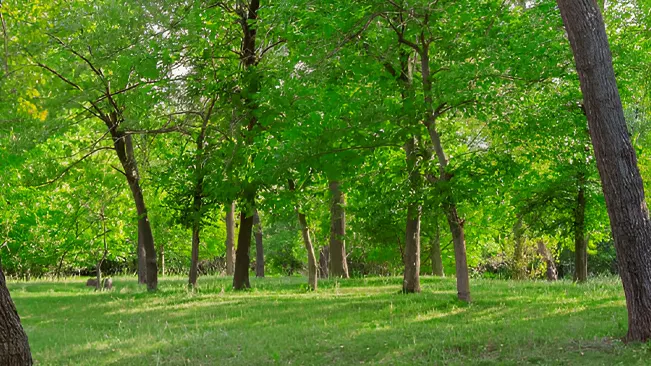
Beyond CO₂ absorption, trees release water vapor into the air, which cools the surrounding environment and mitigates the greenhouse effect. As human activities continue to elevate greenhouse gas levels, afforestation and reforestation emerge as essential strategies to stabilize the climate and preserve the planet’s future. Protecting and planting trees directly supports the environment by reducing air pollution, moderating temperatures, and maintaining ecological balance.
2. Trees Generate Oxygen
Trees are essential to life on Earth, playing a critical role in producing the oxygen we breathe. Through photosynthesis, trees convert carbon dioxide and sunlight into oxygen and glucose, contributing about 21% of the planet’s oxygen supply. They are second only to phytoplankton in the oceans as the largest source of oxygen. However, deforestation and tree removal disrupt this balance, potentially reducing atmospheric oxygen levels and affecting ecosystems.
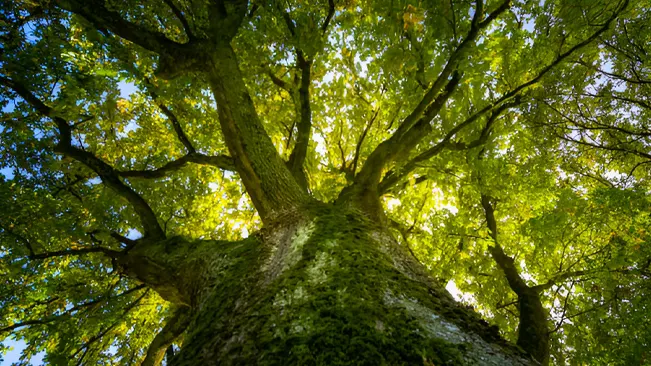
Caring for trees, whether in private gardens, urban areas, or forests, is crucial to preserving oxygen production and supporting the environment. For those unable to care for trees personally, local organizations specializing in tree care can ensure their health and longevity. By protecting trees, we not only sustain oxygen levels but also support ecosystems, combat air pollution, and mitigate climate change.
3. Trees Prevent Soil Erosion
Trees play a vital role in preventing soil erosion, a pressing environmental concern. Their roots anchor soil, stabilizing it and reducing the risk of erosion caused by wind and water. Certain trees develop dense root networks that bind the soil, while others provide ground cover that absorbs rainfall, reducing runoff and preventing soil from washing away.
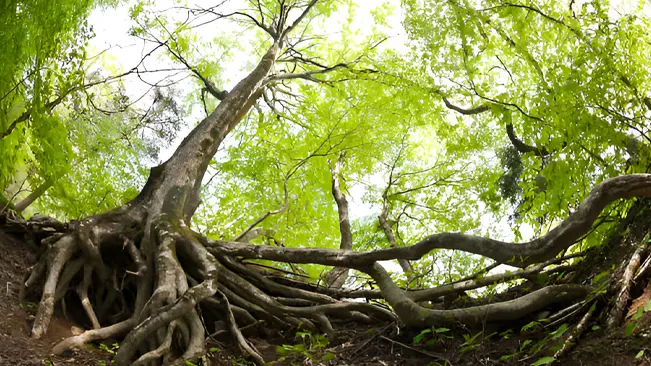
In addition to erosion control, trees help retain soil moisture, which supports agriculture and promotes healthy ecosystems. Maintaining tree cover is essential for protecting fertile land, ensuring sustainable agriculture, and preserving the environment. By planting and caring for trees, communities can safeguard their soil and contribute to a more resilient ecosystem.
4. Trees Can Reduce Air Pollution
Trees are natural air purifiers, especially effective in urban areas where pollution levels are elevated. They absorb harmful pollutants like sulfur dioxide, nitrogen oxides, and particulate matter—common byproducts of vehicle emissions, industrial activities, and power plants. Through this process, trees act as essential buffers against the harmful effects of air pollution.
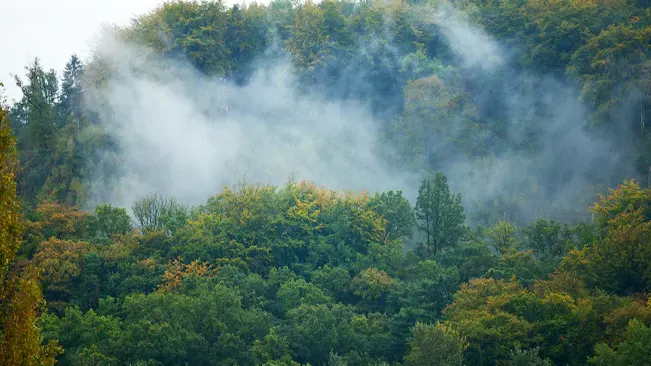
By capturing these pollutants and converting them into harmless substances, trees significantly improve air quality, reducing respiratory problems and promoting better health for urban populations. Additionally, trees release oxygen and provide cooling shade, creating healthier and more livable environments in cities. Preserving and planting trees is a practical and sustainable way to combat air pollution and support public health.
5. Trees Improve Soil Quality
Trees play a crucial role in enhancing soil quality through various natural processes. Their roots promote water infiltration, allowing rainwater to penetrate the soil more effectively and reducing surface runoff. As trees shed leaves, they contribute organic matter that enriches the soil and boosts its fertility, creating a nutrient-rich foundation for plant growth.
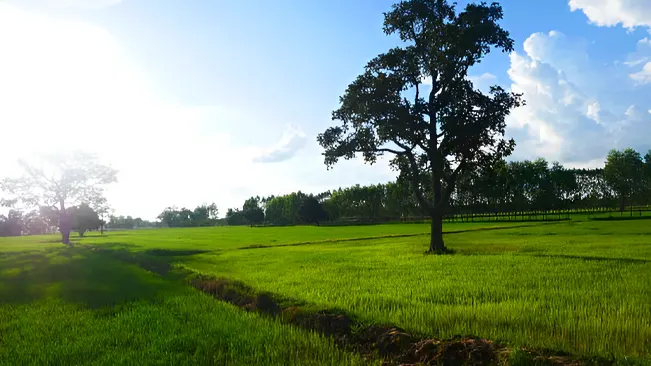
This organic matter also helps improve soil structure, making it more supportive of vegetation and resistant to erosion. Additionally, trees regulate soil temperature, providing a stable environment for beneficial soil organisms. By maintaining healthy tree cover, communities can ensure the long-term health and productivity of their soil, which is vital for agriculture and ecosystem balance.
6. Source of Food for Wildlife
Trees serve as an essential food source for countless wildlife species. They produce fruits, nuts, and seeds that sustain birds, mammals, and insects, forming a vital part of their diets. Beyond food, trees provide shelter and nesting spaces, creating habitats that support biodiversity and healthy ecosystems.
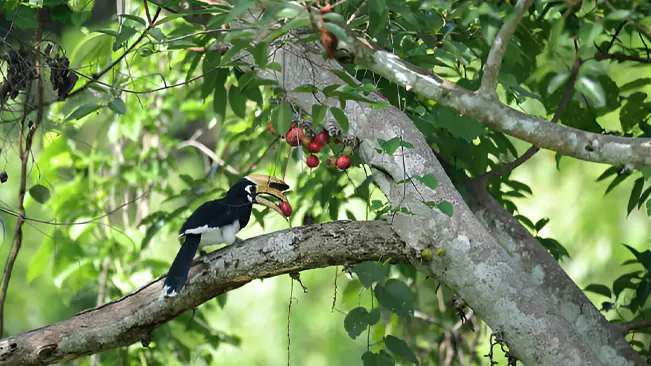
In addition to benefiting wildlife, trees offer humans a variety of food products, including fruits and nuts, and play a crucial role in the economy by supplying timber and fuel. By supporting both wildlife and human needs, trees highlight their indispensable role in maintaining ecological balance and promoting biodiversity.
7. Trees Protect Crops from the Weather
Trees play a vital role in protecting crops from harsh weather conditions, offering significant benefits to farmers. Acting as natural windbreaks, trees reduce wind speed, shielding crops from damage caused by strong gusts. In hot climates, their shade prevents crops from overheating and drying out, helping to maintain optimal growing conditions.
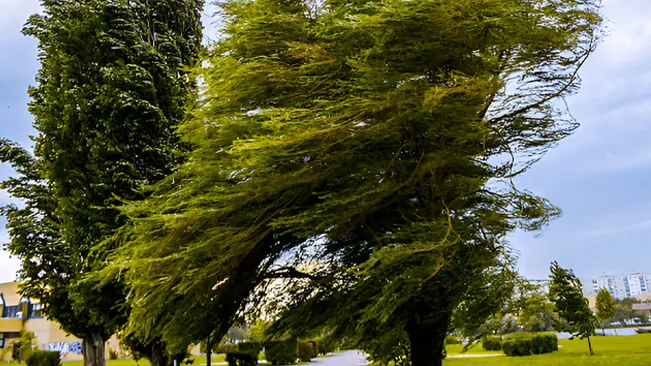
Trees also create a humid microclimate around crops, which supports healthier growth and improves soil moisture retention. By integrating trees into agricultural landscapes, farmers can boost crop yields, enhance sustainability, and build resilience against extreme weather. This highlights the importance of trees in supporting agriculture and maintaining a balanced ecosystem.
8. Trees Help Regulate the Water Cycle
Trees are essential to the water cycle, playing a critical role in maintaining balance and stability in ecosystems. Through their roots, trees absorb water and release it into the atmosphere via transpiration, a process that maintains atmospheric humidity and influences rainfall patterns.

Additionally, trees help prevent flooding by absorbing excess water during heavy rains and storing it in their roots, reducing surface runoff. By regulating water flow and contributing to the water cycle, trees support healthy ecosystems, sustain agricultural productivity, and ensure water availability for all life forms.
9. Trees Help in Marking Seasons
Trees serve as natural indicators of seasonal changes, adding beauty and meaning to the environment. Deciduous trees, for example, undergo vibrant transformations in autumn, with their leaves changing colors to signal the arrival of winter. In spring, the budding of new leaves and flowers marks the return of warmer weather and renewed growth.
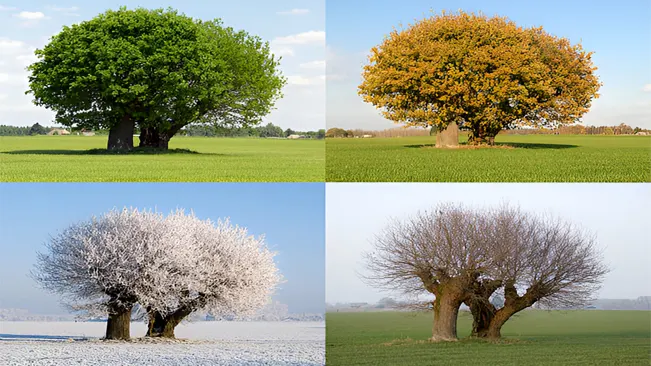
Some trees also showcase seasonal changes through the ripening of their fruit, providing a visual timeline of the year’s progression. This natural rhythm not only enhances landscapes but also fosters a deeper connection between people and the changing seasons. Trees remind us of nature’s cycles and the passage of time, enriching our lives and surroundings.
10. Trees Are Important for Human Health
Trees play a vital role in supporting human health, offering both physical and mental benefits. Research shows that spending time in natural environments, especially areas with trees, can reduce stress levels, lower blood pressure, and decrease the risk of heart disease. Trees help create cleaner air by reducing pollution, contributing to healthier respiratory systems.

Additionally, studies indicate that children raised in green environments often exhibit better cognitive development, higher IQs, and improved behavior. Beyond physical health, trees enhance psychological well-being by promoting relaxation and reducing anxiety. By incorporating trees into urban and residential spaces, we can foster healthier, happier communities and highlight the importance of trees in everyday life.
Importance and Value of Trees
Trees are indispensable to life on Earth, providing essential benefits that sustain both the environment and human well-being. Through photosynthesis, trees absorb carbon dioxide and release oxygen, purifying the air and improving atmospheric quality. They play a critical role in mitigating air pollution and combating climate change, making them vital for the health of our planet. Trees also offer valuable medicinal resources, supporting human health through natural remedies and traditional medicine.
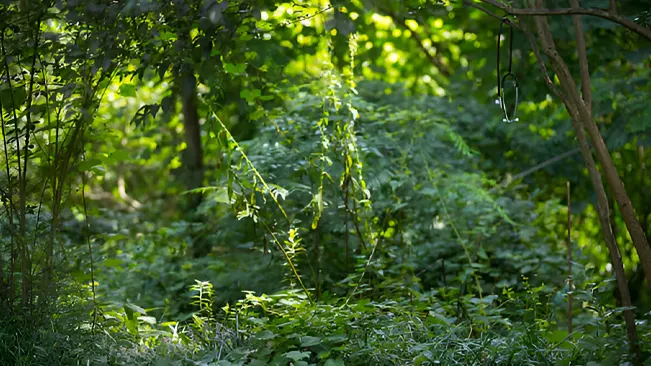
Beyond their environmental contributions, trees symbolize balance and resilience in ecosystems. It is crucial for individuals and communities to support tree-planting initiatives, care for existing trees, and advocate against deforestation. By protecting and expanding forests, we ensure that future generations can enjoy the environmental, health, and ecological advantages that trees provide. Trees remind us of the interconnectedness of all life, making their preservation a shared responsibility.
Conclusion
In conclusion, trees are vital to the health of our planet and the well-being of all living beings. They combat global warming by absorbing carbon dioxide, produce oxygen to sustain life, and improve air quality by filtering pollutants. Trees prevent soil erosion, enhance soil quality, and play a key role in regulating the water cycle. Additionally, they support wildlife, protect crops, and contribute to ecological balance by fostering biodiversity and stabilizing the environment.
Protecting existing trees and planting new ones are essential steps toward ensuring a sustainable, healthy future. By recognizing the importance of trees and taking action to preserve them, we can secure the countless benefits they provide for generations to come.
FAQs
- Why are trees important for the environment?
Trees are crucial for the environment because they provide oxygen, improve air quality by absorbing pollutants, prevent soil erosion, and help regulate the water cycle. They also offer habitat for wildlife and contribute to mitigating climate change by absorbing carbon dioxide. - How do trees help reduce global warming?
Trees combat global warming by absorbing carbon dioxide from the atmosphere during photosynthesis. They also release water vapor, which can help cool the air and reduce the greenhouse effect. By sequestering carbon and regulating temperature, trees play a key role in managing climate change. - What benefits do trees provide for air quality?
Trees improve air quality by absorbing pollutants such as sulfur dioxide, nitrogen oxides, and particulate matter. They also produce oxygen, which is essential for human and animal respiration, and can help reduce the overall levels of harmful chemicals in the atmosphere. - How do trees prevent soil erosion?
Trees prevent soil erosion through their root systems, which anchor the soil and reduce runoff. Their roots help stabilize the ground and prevent the loss of topsoil, while their leaf litter and ground cover absorb rainwater, further mitigating erosion. - In what ways do trees support wildlife?
Trees provide essential food and habitat for a wide variety of wildlife, including birds, insects, and mammals. They offer fruits, nuts, and leaves as food sources and create nesting sites and shelter for numerous species. - How do trees impact soil quality?
Trees enhance soil quality by improving water infiltration and retaining moisture. Their decaying leaves add organic matter to the soil, which boosts fertility and soil structure. Additionally, trees can moderate soil temperatures, creating a better environment for plant growth. - What role do trees play in regulating the water cycle?
Trees regulate the water cycle by absorbing water through their roots and releasing it into the atmosphere through transpiration. This process helps maintain atmospheric humidity and precipitation patterns, and trees can also reduce the risk of flooding by absorbing excess water. - How can individuals help protect and support trees?
Individuals can help protect and support trees by planting new trees, caring for existing ones, and advocating against deforestation. Participating in local tree-planting initiatives, supporting conservation organizations, and reducing activities that harm forests are effective ways to contribute. - What are the health benefits of spending time around trees?
Spending time around trees and in natural environments has been shown to reduce stress, lower blood pressure, and improve mental well-being. Being in green spaces can also enhance overall physical health, promote relaxation, and improve mood. - Why should we be concerned about deforestation?
Deforestation poses a significant threat to the environment by reducing biodiversity, disrupting ecosystems, and increasing carbon dioxide levels in the atmosphere. It also exacerbates climate change, contributes to soil erosion, and impacts the availability of resources like clean air and water.

Joel Cunningham
Forestry AuthorI'm Joel Cunningham, an expert in pruning and weed management with over a decade of experience. My skills are rooted in formal training and extensive practice, focusing on advanced pruning techniques and efficient weed control. I'm known for my quality work, precision, and deep understanding of plant health and soil dynamics. My contributions extend to educational initiatives where I share sustainable practices and advice, establishing myself as a reliable and authoritative figure in the gardening community.
2 comments
wow interesting








omg!!!!!!!!!!!!!!!!!!!!!!!!!!!!!!!!!!!!!!!!!!!!!!!!!!!!!!!!!!!!!!!!!!!!!!!!!!!!!!!!!!!!!!!!!!!!!!!!!!!!!!!!!!!!!!!!!!!!!!!!!!!!!!!!!!!!!!!!!!!!!!!!!!!!!!!!!!!!!!!!!!!!!!!!!!!!!!!!!!!!
sia gupta
December 3, 2024 12:05 pm